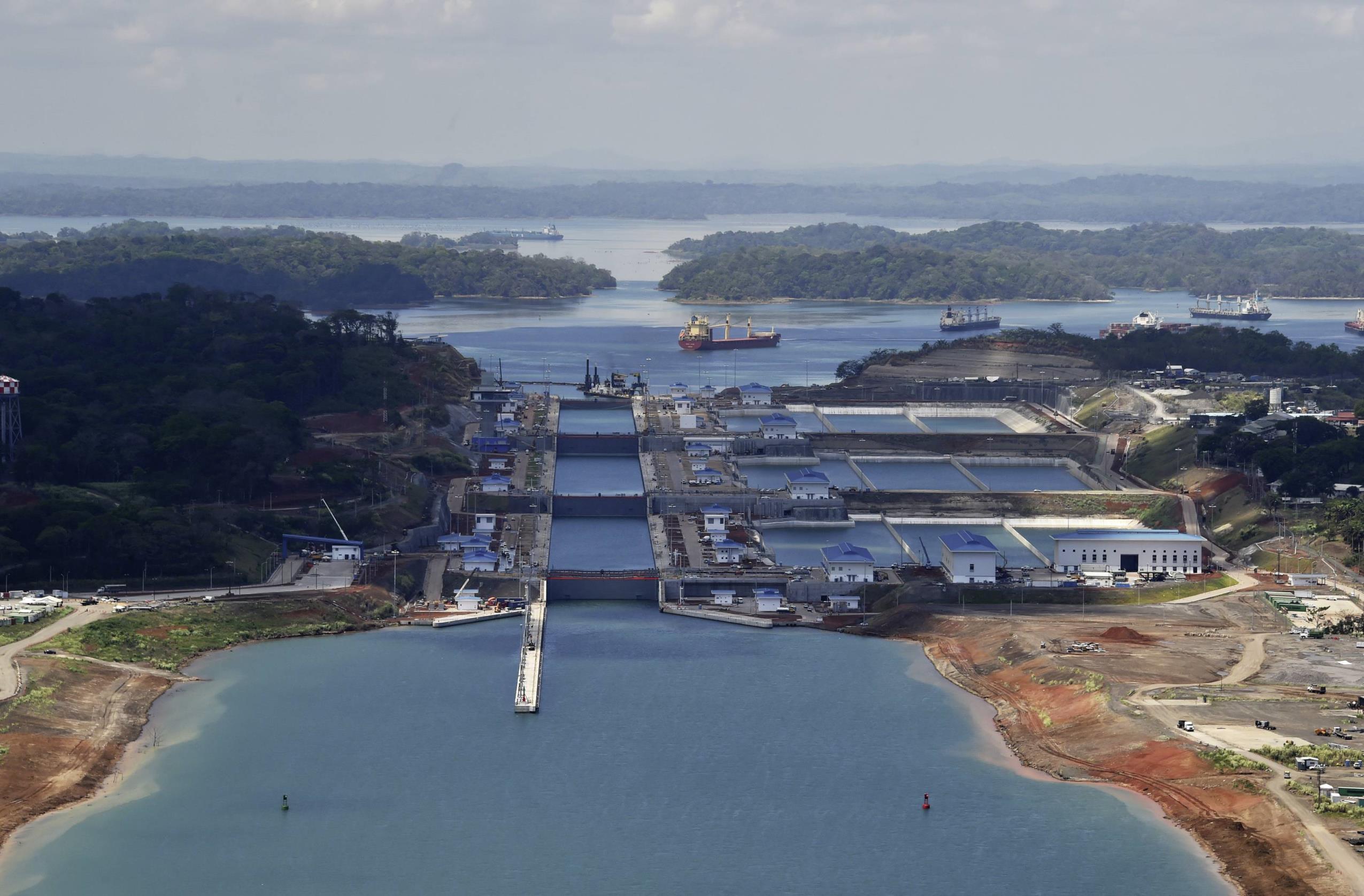The Panama Canal is facing a drought crisis, allowing for a reduction in cargo capacity! More capacity occupied!

- Date: May 26, 2023
- Comments: no comments
- Categories: News
The Panama Canal is one of the three busiest canals in the world, with over 12000 ships passing through it every year to transport goods to more than 160 countries. Its shipping hub is second only to the Suez Canal.
But currently, this important world shipping hub is facing the most severe drought crisis in history, with canal water levels falling and many container ships being forced to reduce their cargo to pass through the canal – which has had a certain impact on maritime trade and freight rates.
From now on: the draft limit of new Panamax ships is reduced again
It is understood that from February to April, the rainfall near the Panama Canal and the lakes that supply water to the canal was less than half of the normal level. According to Everstream Analytics, this rainfall is the same as in 2019, which is the lowest level in 20 years. And the rainy season, which usually starts before summer, has shown no signs this year.
Therefore, in the context of the worsening drought situation, the Panama Canal Authority (ACP) announced that it will further reduce the maximum draft allowed for ships to pass through.
According to Octavio Colindres, spokesman of the canal, from May 24, the new Panamax ships (the largest ships passing the waterway) will be allowed a maximum draft of 44.5 feet (13.56 meters). After May 30th, the maximum draft will once again be reduced to 44 feet.
Previously, the draft limit for new Panamax ships was 45 feet.
The canal management bureau stated that it will continue to monitor the water level of Lake Katong in the future and does not rule out the possibility of adjusting the draft limit again in the future.
To this end, multiple companies have announced the imposition of surcharges starting from June 1st
The tightening of draft restrictions has also led major shipping companies to take new actions. Starting from June 1st, transpacific carriers will impose high surcharges on all water transportation services from Asia to the East Coast of the United States, and divert some of the ring roads through the Suez Canal.
Maersk stated in its monthly market update: “The dry season in Panama has led to issues with the canal’s draft, which has reduced the capacity of the Panama Canal
In a client consultation, Hapag Lloyd stated that “the water level in Lake Gatong is lower than usual, posing serious draft restrictions on ships passing through the Panama Canal.” He also stated that starting from June 1st, a PCC (Panama Canal Fee) of $500 per container will be levied on all goods sailing through the Panama Canal from Asia to the East Coast of the United States.
It is understood that at least four shipping companies have announced weight restrictions and will impose a container fee of $300 to $500 per container. In the future, more companies may follow suit.
The allowable cargo capacity of ships is reduced, and more transportation capacity is occupied
As a result, the freight rate has increased, forcing an additional $1500 per box
Although the change may not seem significant, the draft limit has only been reduced by 1 foot, Nathan Strang, the head of shipping at Flexport Inc., said that this may mean a 40% reduction in cargo for certain ships.
These measures not only limit the draft, but also lead to delays and higher costs, as this means more ships are needed to transport the same quantity of goods, and sometimes the heaviest goods have to be divided into two containers instead of one. According to analysts’ calculations, these measures may cost importers and retailers using the route an additional $1500 per container.
If you ship two containers per week, each weighing 12 tons and costing approximately $3000, then you need to ship three containers. Therefore, the sea freight price for each batch of goods has increased from $6000 to $9000. For shippers who typically transport 25 tons per container, they now need three to four boxes
The drought situation in the Panama Canal may continue
Some meteorologist predict that the situation of the Panama Canal may be even worse this summer. Jon Davis, chief meteorologist of Everstream Analytics, said: “In the foreseeable future, the rainfall across Panama will continue to be lower than normal.” Therefore, we expect the lake water level will continue to decline, and the impact on canal shipping will become worse. ”
It is reported that during the drought periods of 2019 and 2016, the maximum draft limit of the Panama Canal was lowered to 43 feet. And this year’s summer may come soon, and perhaps this year we will see the Panama Canal’s draft limit once again lowered.







No Comments Yet.